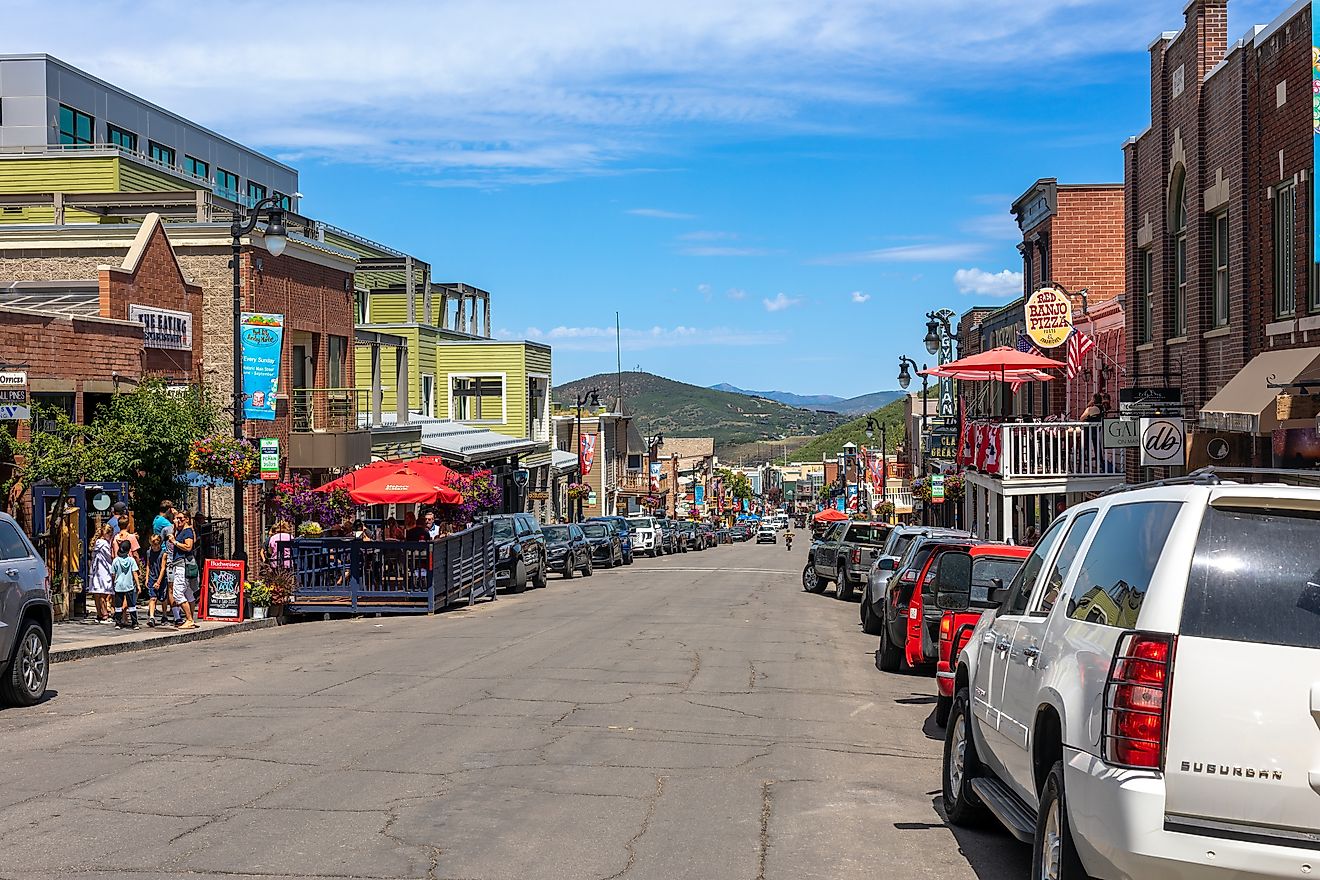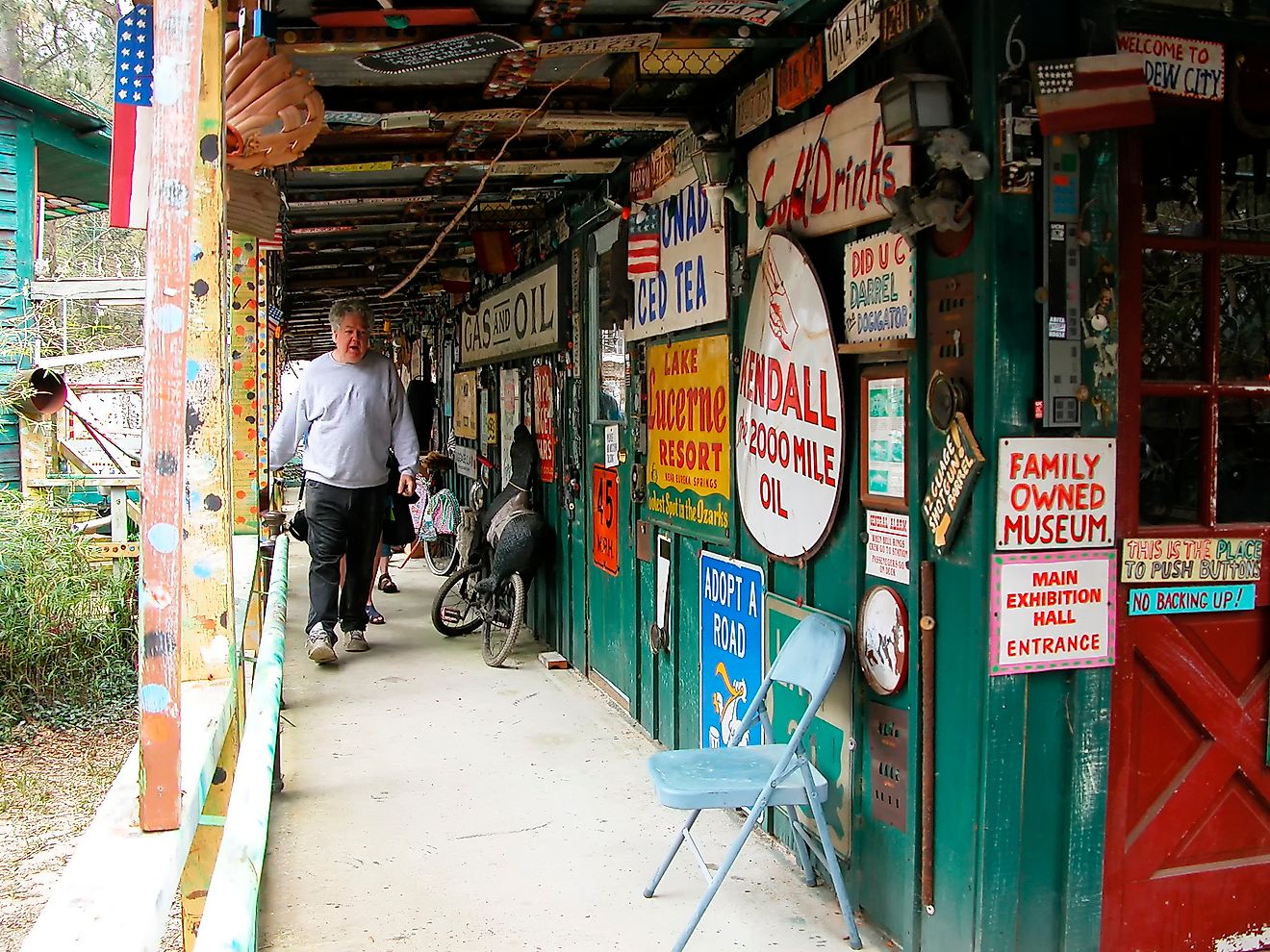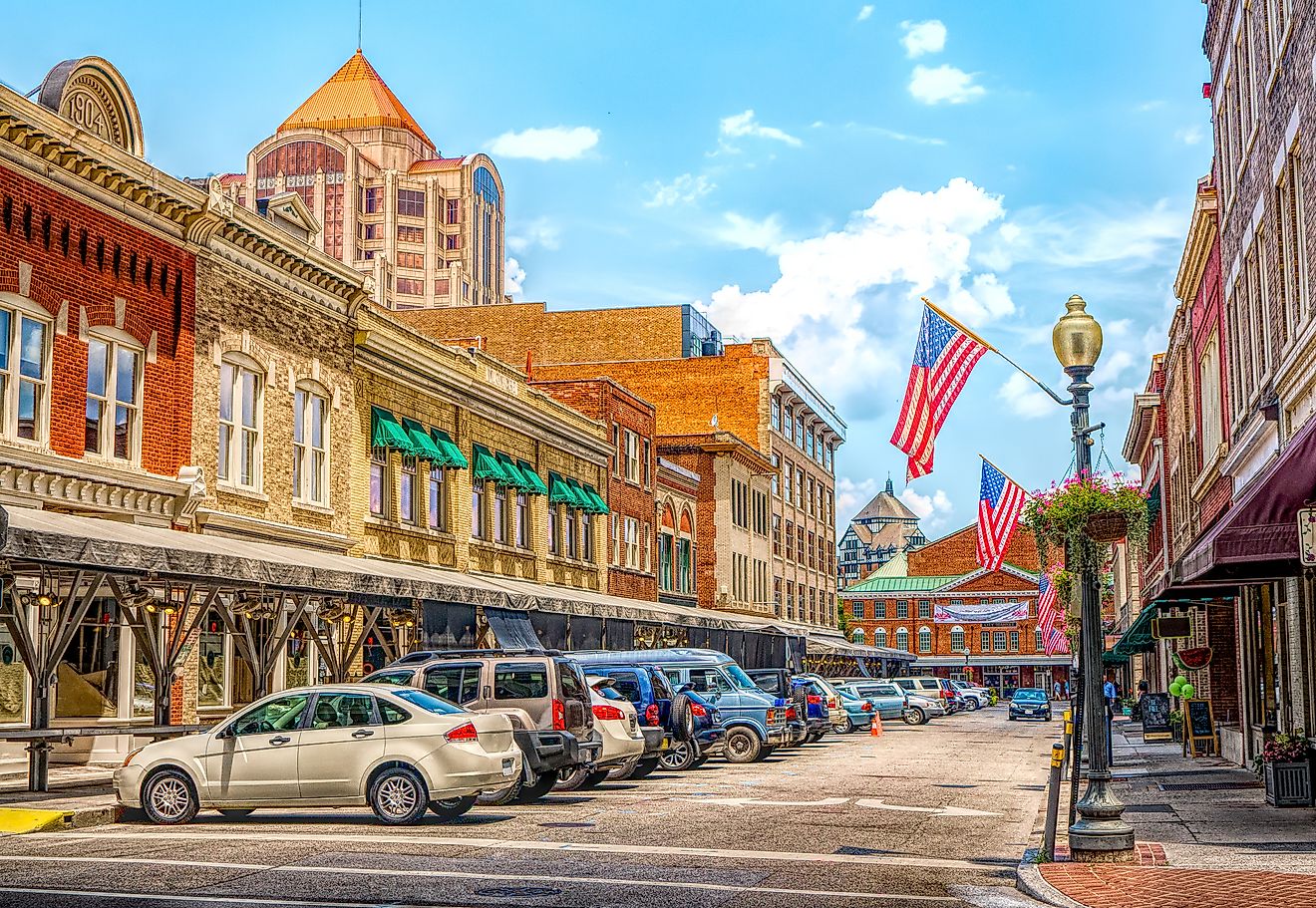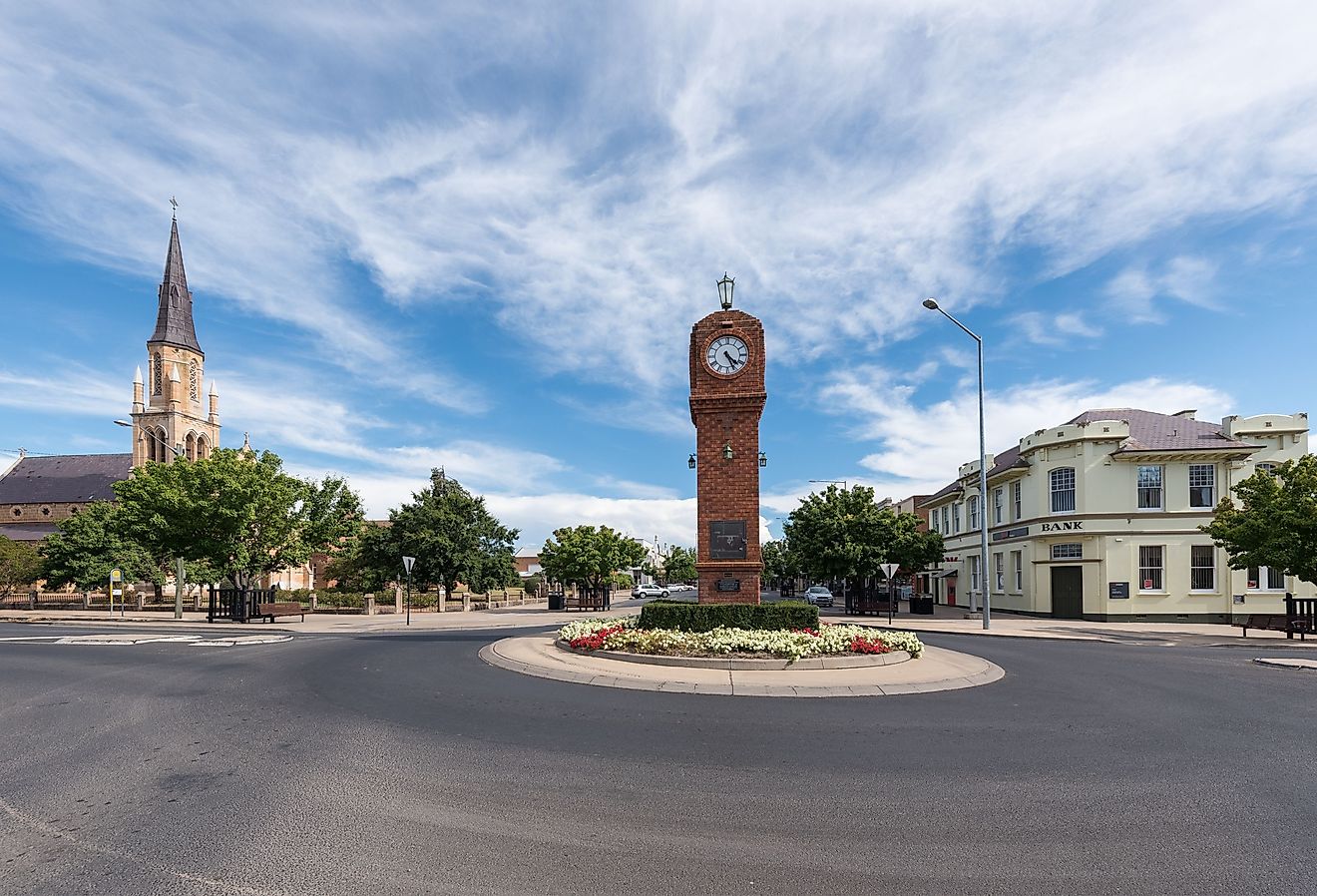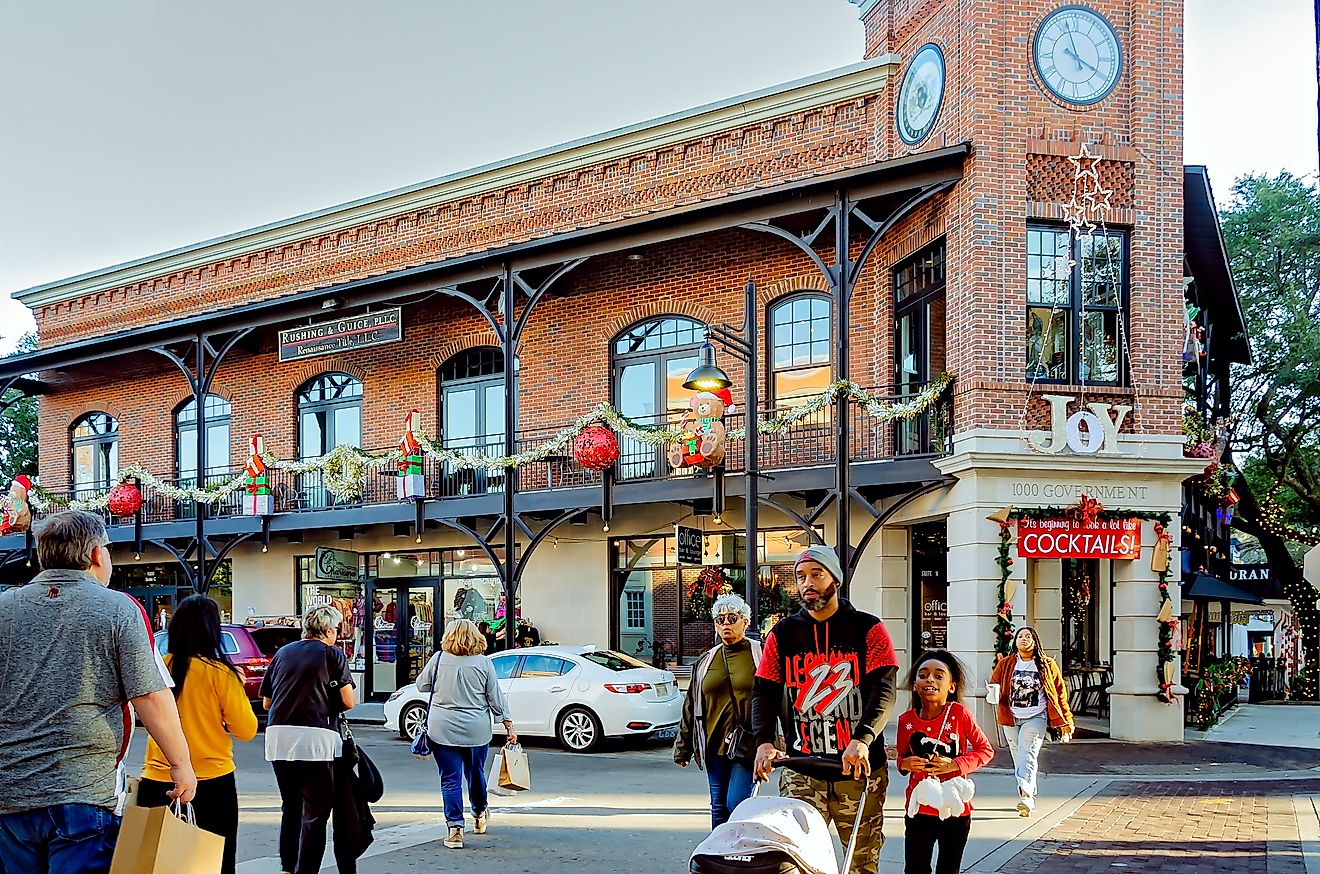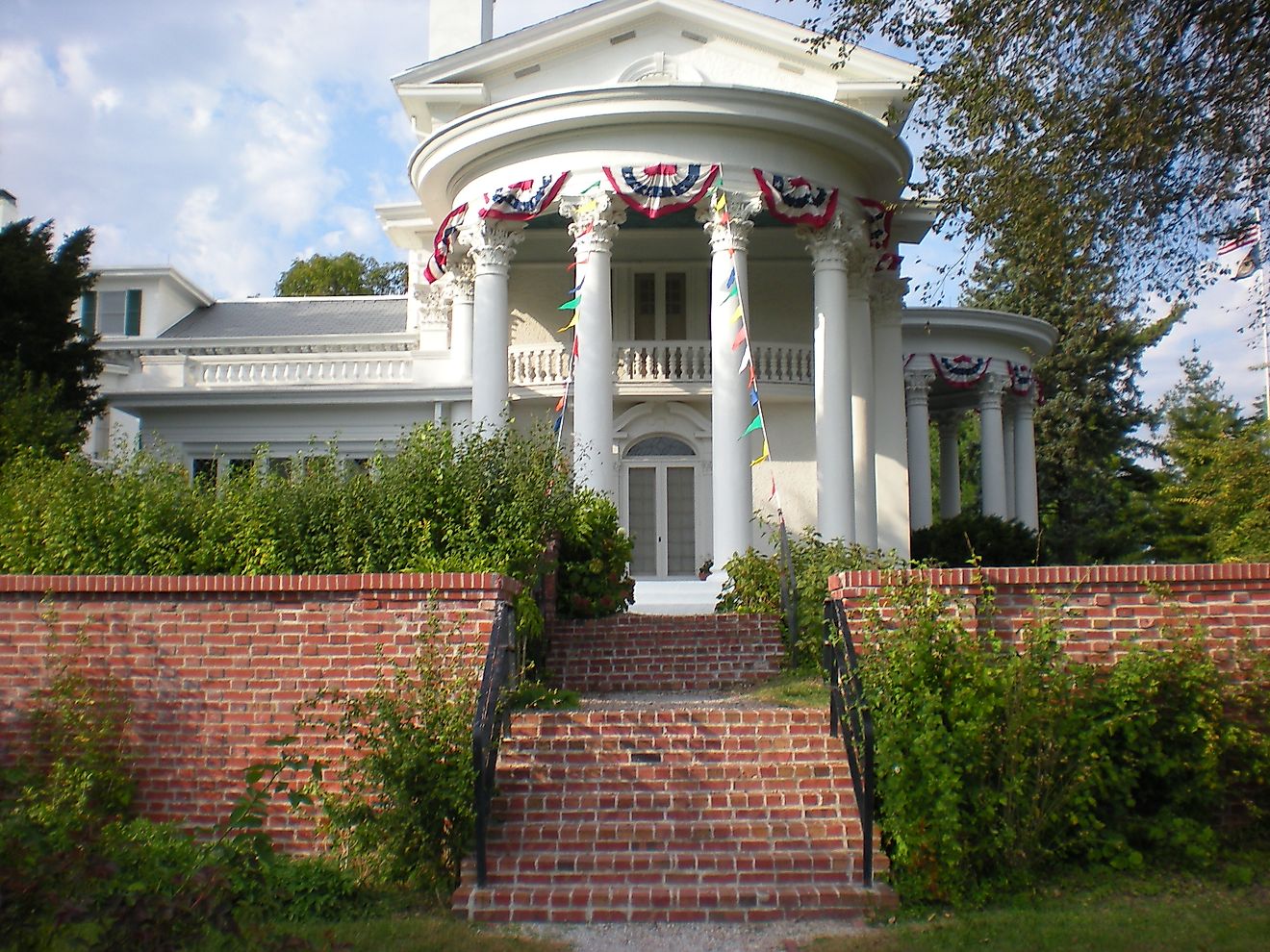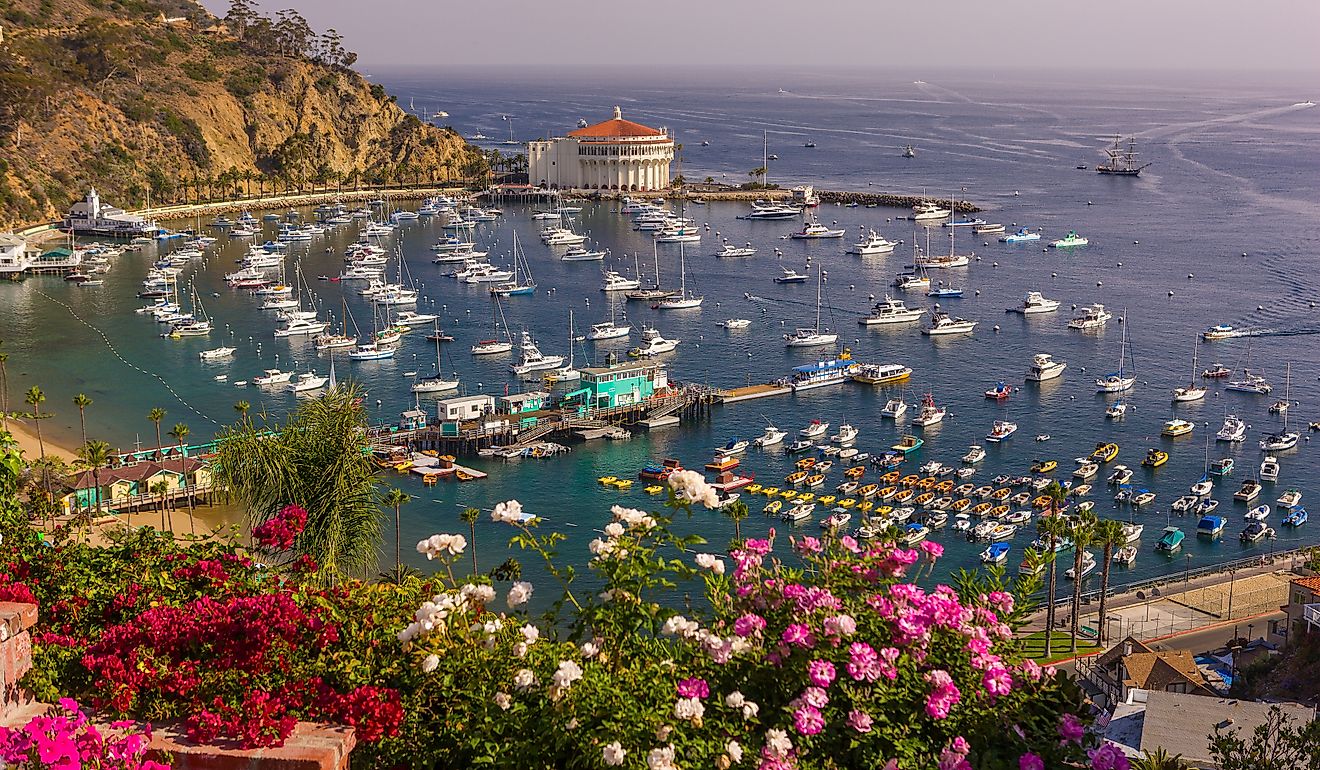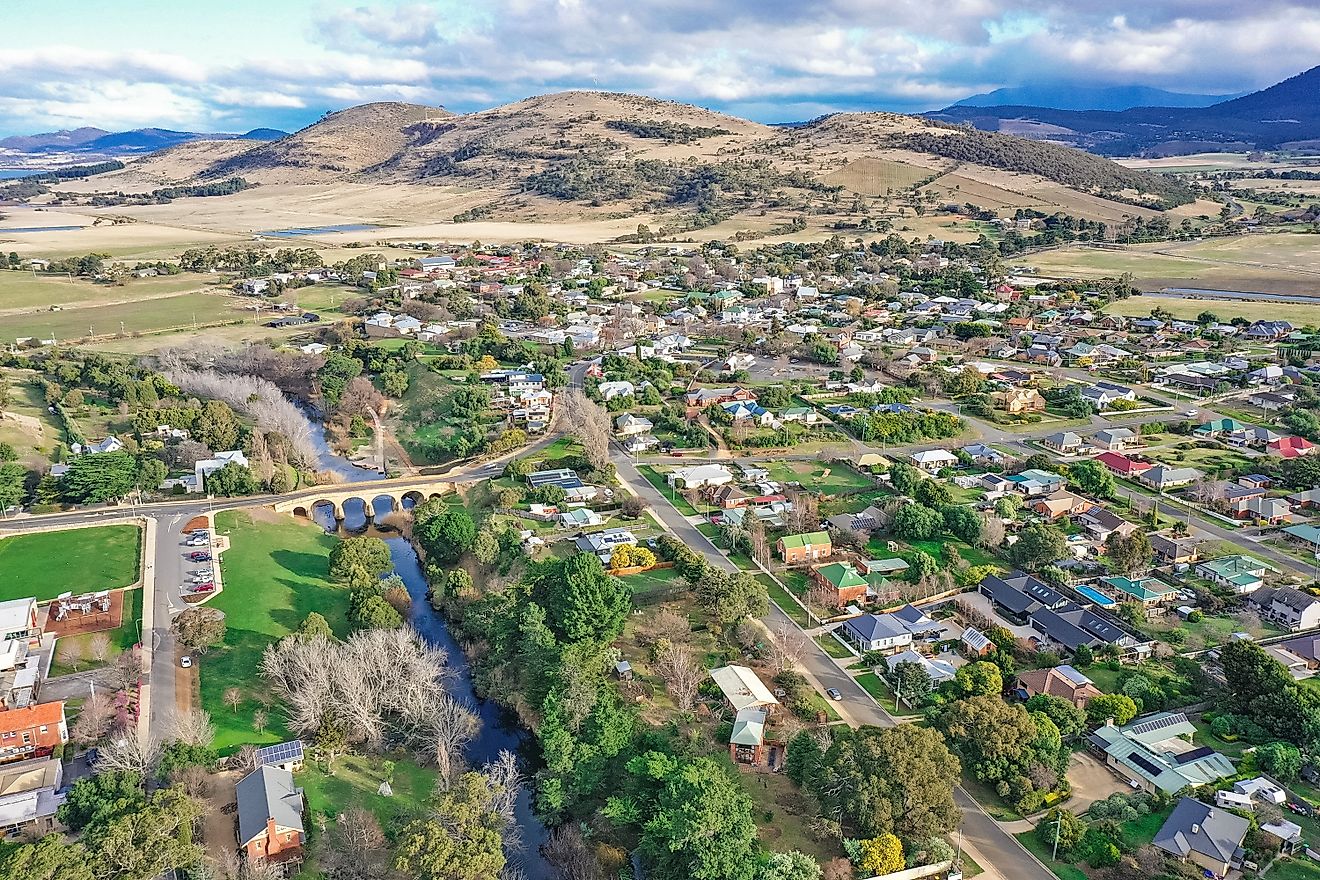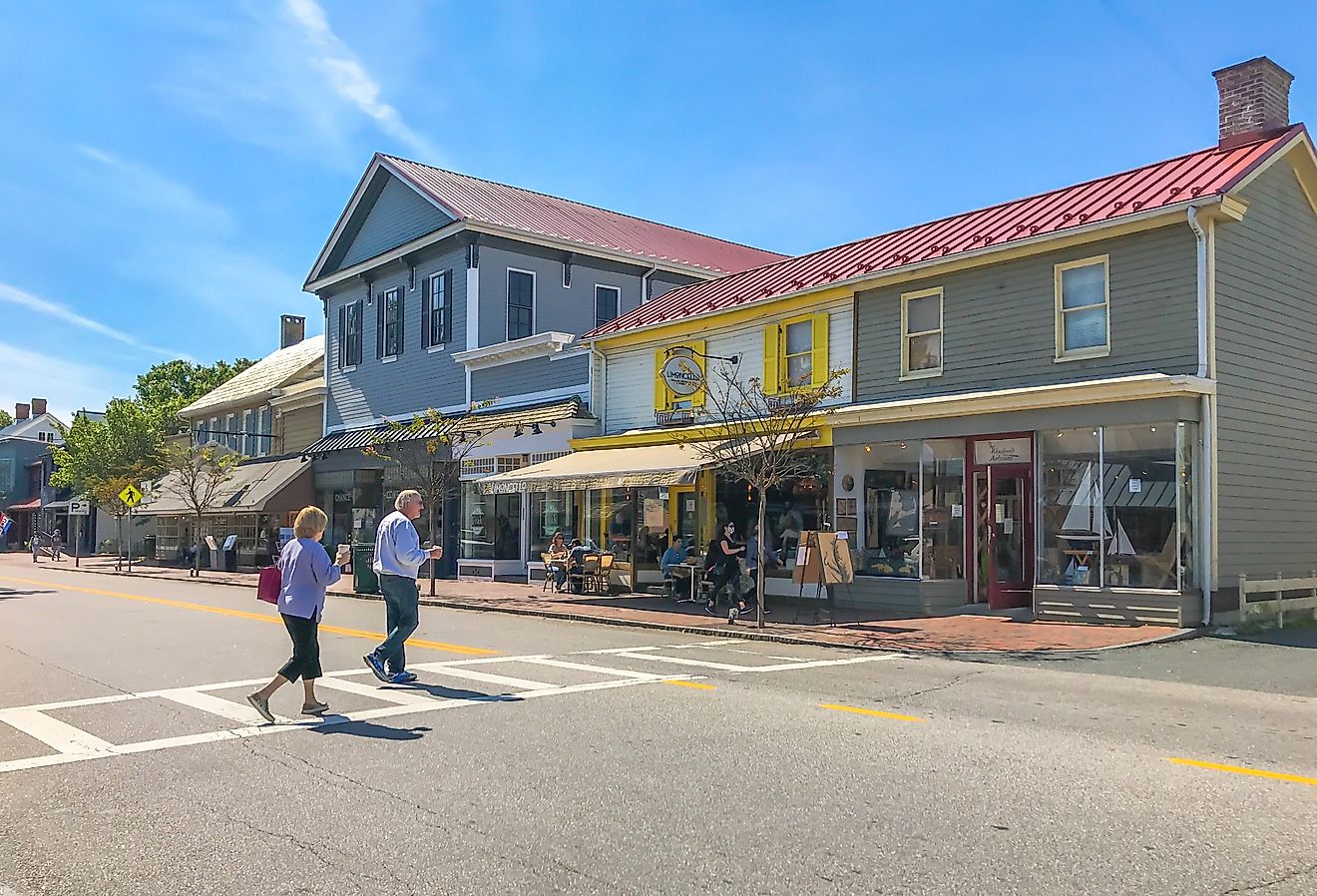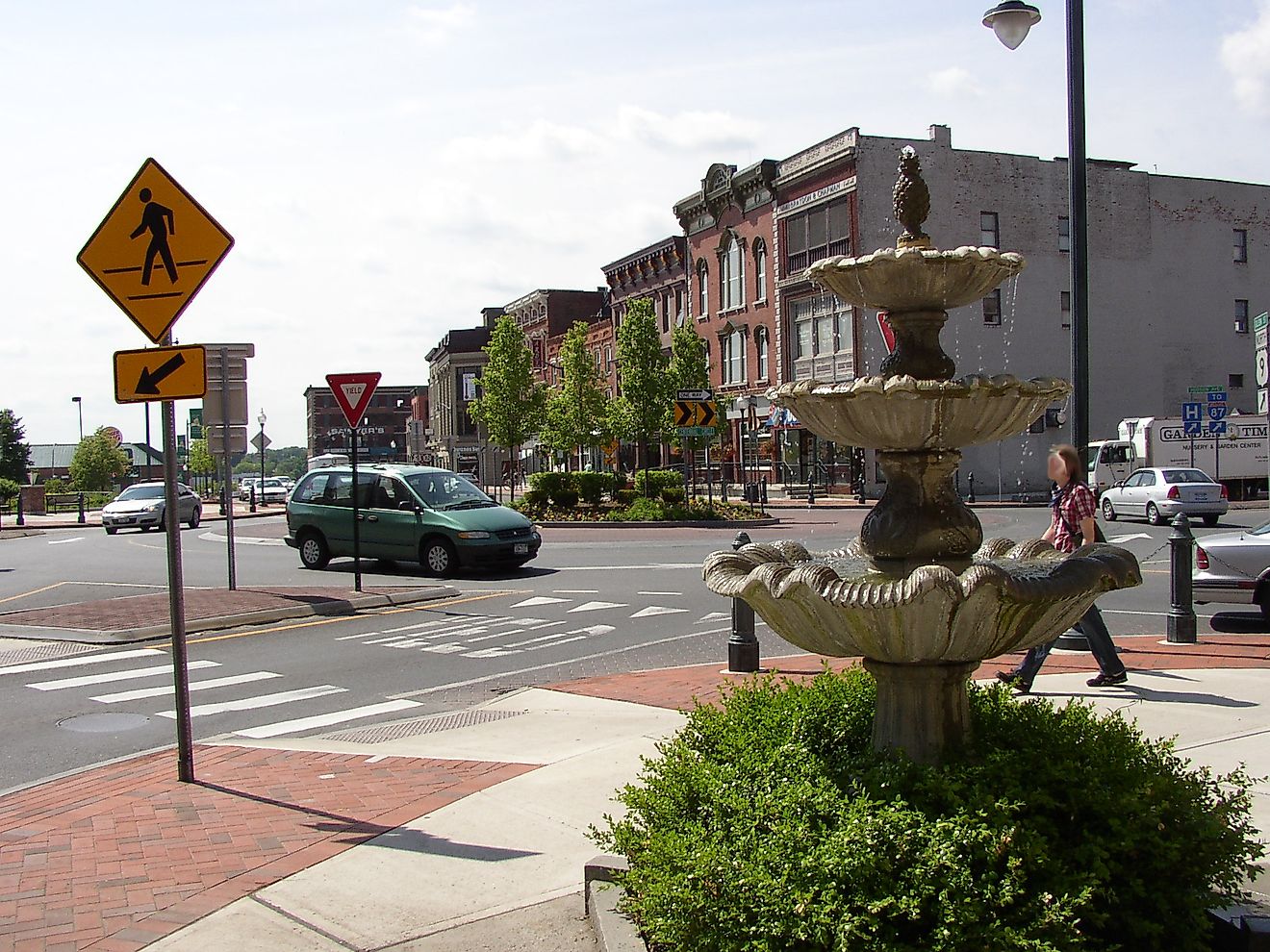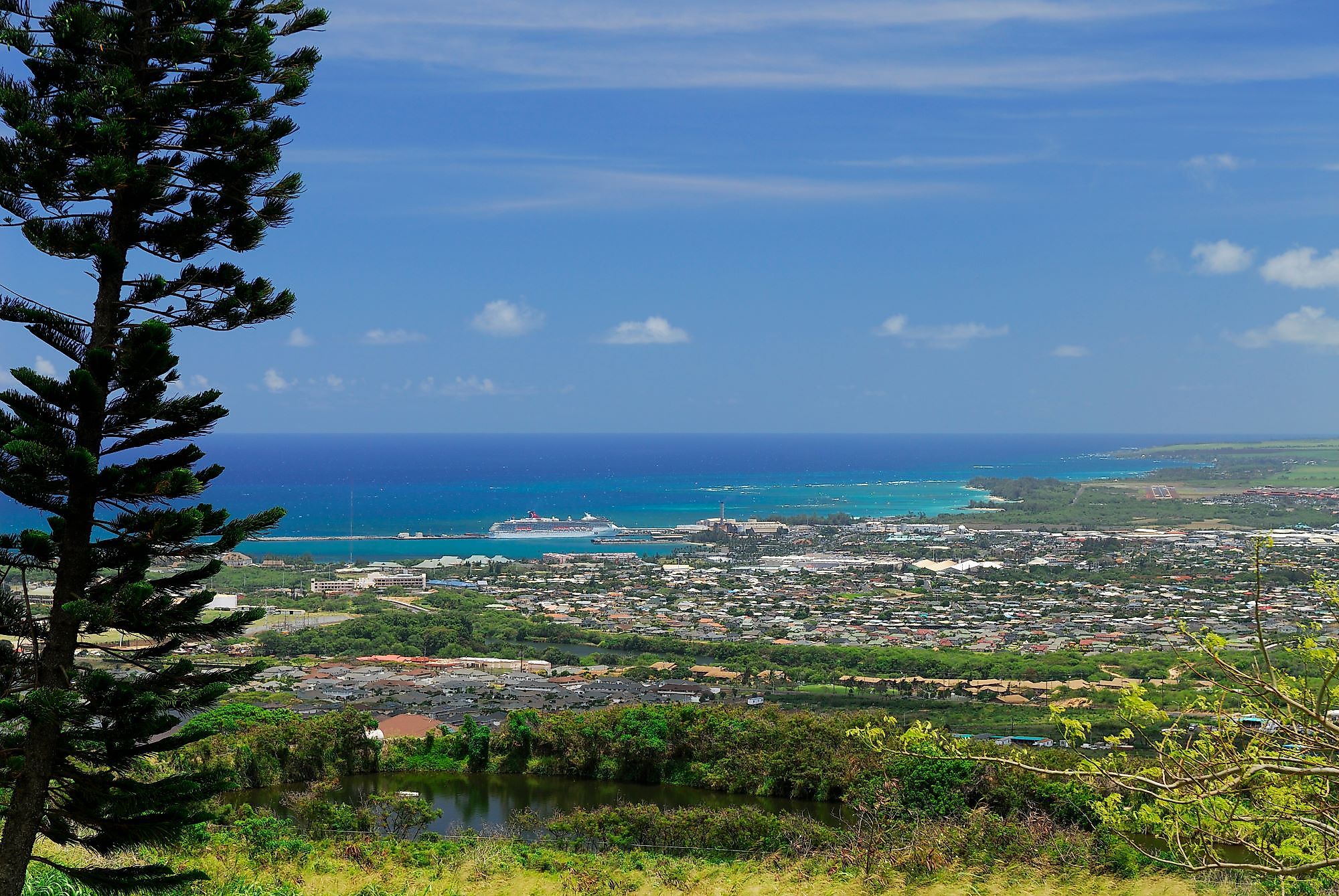
9 Best Places To Call Home In Hawaii In 2025
When most people dream of Hawaiʻi, they picture the golden beaches of Waikīkī or luxury resorts in Maui, but Hawaiʻi is so much more than its postcards. Scattered across its islands are towns filled with personality, history, and affordability. Places where daily life is shaped not just by the scenery but by strong local communities, cultural traditions, and a deep connection to the land. Whether you are drawn to the misty mountains of Waimea, the artistic charm of Hanapepe, or the untamed beauty of Pāhoa, these towns offer a different kind of island living, one that is grounded, vibrant, and often more accessible than you would expect.
Hilo

Hilo, the seat of Hawaiʻi County, sits along the crescent-shaped Hilo Bay on the northeastern coast of the Big Island. Once settled by Polynesians around 1100 CE, this area grew from agricultural and fishing roots into a flourishing community. Thanks to its frequent rainfall, Hilo is lush, green, and blooming. This natural abundance fuels its spectacular landscapes: cascading waterfalls, tropical gardens, and nearby volcanic wonders. It is also far more affordable than much of Hawaiʻi, with an average home value of around $531,465, well below the state average of over $830,000.
Hilo is also a great base for adventure. Just 45 minutes south, Hawaiʻi Volcanoes National Park offers access to Kīlauea and Mauna Loa, two of the world’s most active volcanoes. In town, stroll through the serene Liliʻuokalani Gardens, the most extensive authentic Edo-style garden outside Japan. Stop by the Hilo Farmers Market for fresh, local produce and crafts, or visit the easily accessible Rainbow Falls, often arched with misty morning rainbows.
Kea'au
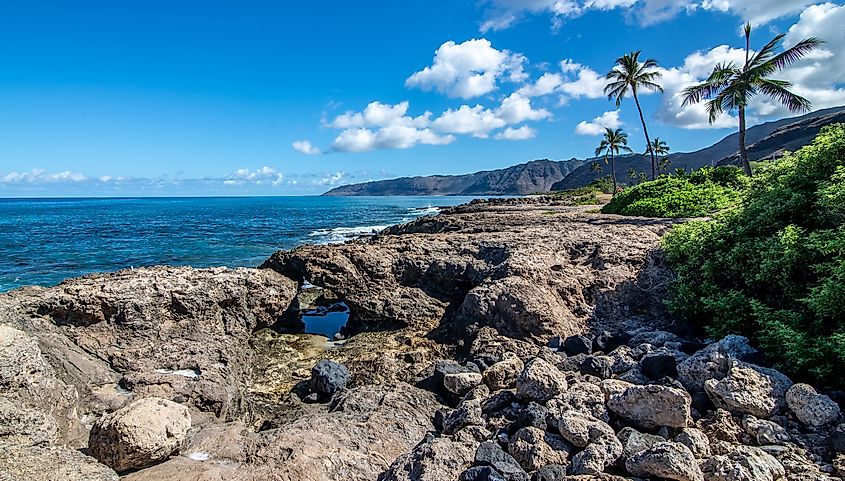
Keaʻau, located in the lush Puna District on the Big Island, offers affordable living with an average home value of around $462,507. Surrounded by dense ʻōhiʻa forests and close to unique black-sand beaches, this town is rich in natural beauty and Hawaiian culture. It is home to notable botanical attractions like the Pacific Floral Exchange greenhouse and Hiʻiaka’s Healing Herb Garden, where over 80 species of rare native Hawaiian plants used in traditional herbal medicine are preserved and celebrated. These gardens offer a peaceful retreat and an opportunity to connect with the island’s natural heritage. Once connected to neighboring towns Hilo and Pāhoa by the Hawaiian Consolidated Railway, Keaʻau’s history is deeply tied to agriculture and transportation, though the railway was destroyed in the 1946 tsunami.
Today, Keaʻau combines a quiet, rural lifestyle with easy access to nature and island culture, making it a welcoming community for residents seeking a more relaxed pace of life. Local attractions include the Mauna Loa Macadamia Nut Visitor Center, where visitors can tour macadamia orchards, enjoy tasty samples, and learn about one of Hawaii’s most beloved crops. The staff’s warm hospitality creates a memorable experience, highlighting the connection between the land and its people. Just a short drive away, Haʻena Beach on Kauaʻi’s North Shore offers breathtaking views of black rocks, white sand, and tropical greenery. While the beach can have strong currents and wild surf, its stunning cliffs and natural beauty make it a favorite spot for outdoor enthusiasts.
Waianae
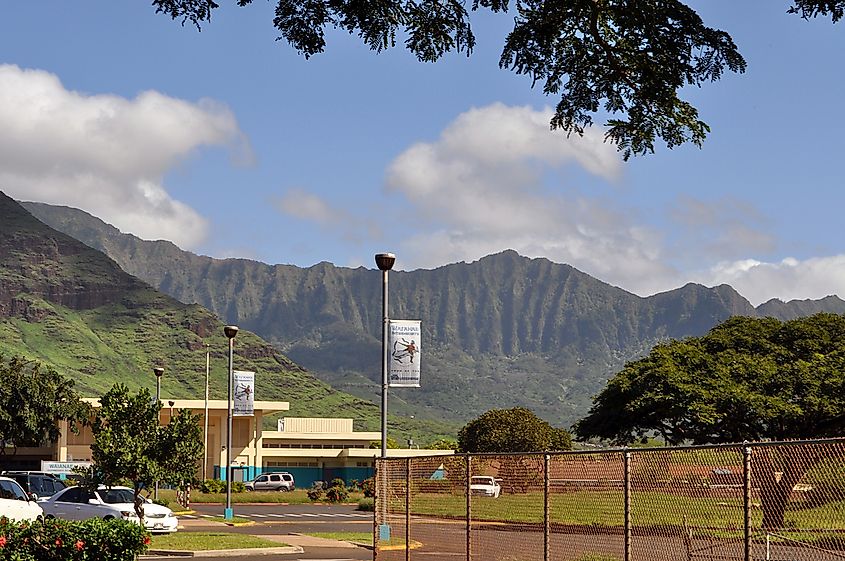
Tucked along Oʻahu’s Leeward Coast, Waiʻanae offers a more laid-back, authentic island lifestyle away from the usual tourist hubs. With an average home value of $577,125, it is an affordable option for those seeking coastal living on Oʻahu. The region stretches 13 miles from Nānākuli to Mākua, encompassing scenic beaches, mountain backdrops, and a close-knit community atmosphere. While much of the island buzzes with development and crowds, Waiʻanae maintains rural charm and deep cultural roots. North of the luxury resort area of Ko Olina, the coast becomes more remote and peaceful, perfect for those craving quiet surroundings and nature.
Outdoor enthusiasts can enjoy Makaha Beach Park, known for its golden sand, powerful waves, and summer swimming. It is a favorite among surfers and bodyboarders in winter and also offers shaded picnic areas, showers, and restrooms. For a deeper cultural and natural experience, Kaʻena Point State Park at the westernmost tip of the island offers a stunning coastal trail. This sacred site, once believed to be where souls passed into the afterlife, is now home to nesting seabirds, native plants, and dramatic ocean views. After a day outdoors, locals and visitors gather at The Beach House by 604. Known for its breezy fusion dining, oceanfront seating, and live music, it is a favorite neighborhood spot that blends casual charm with island flavor.
Honoka'a
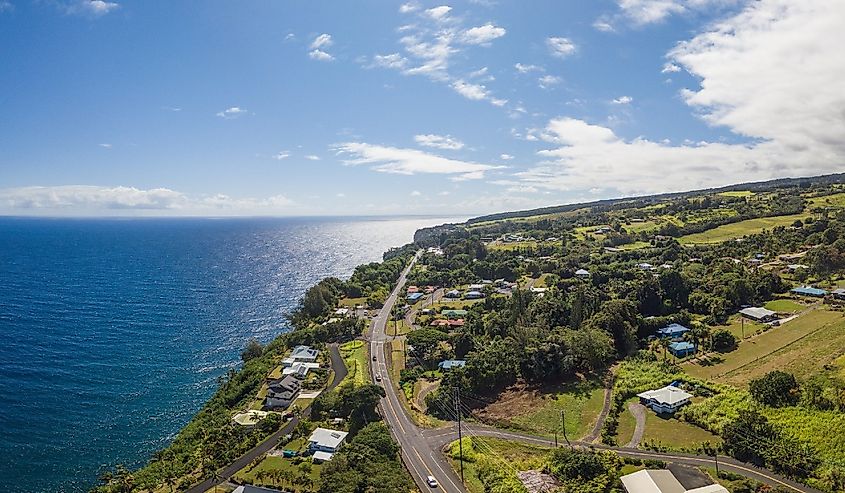
With an average home value of $649,752, Honokaʻa offers affordability and small-town charm on the Big Island’s lush Hamakua Coast. Once the island’s third-largest town, Honokaʻa flourished during the sugar and cattle booms, and traces of that past remain alive today. Though the last sugar plantation closed in 1994, the community’s historic roots and tight-knit spirit continue to shape daily life. Along Mamane Street, timber-framed storefronts, boardwalk sidewalks, and plantation-era buildings give the town a nostalgic feel. At the same time, local entrepreneurs breathe new life into the area through tourism, ranching, and sustainable farming.
Honokaʻa offers more than just history; it’s also a hub for local culture and creative energy. The Honokaʻa People’s Theatre, a beloved landmark built in 1930, still hosts films, concerts, and community events. With its original 525-seat layout, it’s the largest theatre on the island and a venue for both indie and mainstream entertainment. Just steps away, downtown Honokaʻa invites visitors to stroll through time. Restoration projects have preserved early 20th-century buildings like the Ferreira Building, the Hotel Honokaʻa Club, and the M. Ujiki Store, all reflecting the town’s multicultural roots. For something sweet, a visit to Honokaʻa Chocolate is a must. Founded by scientist-turned-chocolatier Mike Pollard, this award-winning farm has turned locally grown cacao into some of the most celebrated chocolate in Hawaiʻi. Since 2017, the operation has drawn visitors worldwide for tastings and tours in a setting as rich as the treats.
Pahoa
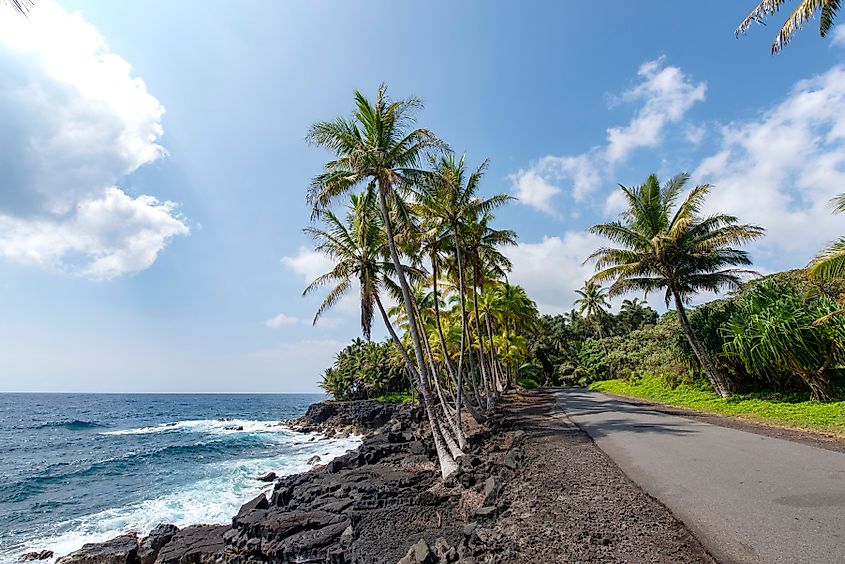
Tucked into the lush, untamed landscape of the Puna District on the Big Island’s eastern side, Pāhoa is a town unlike any other in Hawaiʻi. Known for its artistic spirit and wild beauty, Pāhoa offers a truly off-the-grid lifestyle with one big perk: affordability. With an average home value of just $287,000, it is one of the most budget-friendly places to live in the state. Surrounded by tropical rainforest, black lava fields, and fertile farmland, Pāhoa is a haven for those who love nature and self-sufficiency. The region is ideal for growing bananas, papayas, macadamia nuts, tea, and tropical flowers, and it is home to many small farms and nurseries.
Despite its rural feel, Pāhoa still has access to modern conveniences. The Puna Kai Shopping Center includes cafés, local shops, a grocery store, and essential services such as a veterinarian. The lively Makuʻu Farmers Market brings together the community each weekend with fresh produce, local food, crafts, and music. Just minutes away, Lava Tree State Monument offers a surreal walk through a forest frozen in time by a lava flow from the 1700s, where molds of ʻōhiʻa trees still stand. And for those interested in the area’s powerful volcanic history, the Pāhoa Lava Zone Museum showcases artifacts from the 2018 eruption and tells how the community came together to rebuild.
Lana'i City
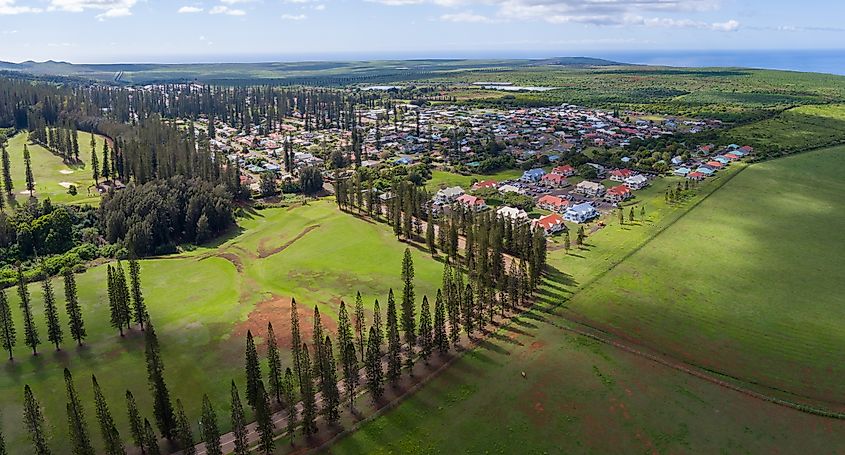
Perched 1,700 feet above sea level in the cool central highlands of Lānaʻi, Lānaʻi City offers a peaceful lifestyle that feels worlds away from the hustle of Hawaiʻi’s more touristy spots. Once the heart of the island’s pineapple empire, responsible for 75% of the world’s production in its heyday, this former plantation town still celebrates its heritage through landmarks, community events, and an annual Pineapple Festival. Today, Lānaʻi City is home to friendly locals, quaint shops, and quiet streets lined with old plantation homes. With an average home value of around $710,000, it remains more affordable than many other Hawaiian islands, especially considering its serenity and unique charm.
Though the island is small, it is packed with unforgettable experiences. Learn about the island’s rich past at the Lānaʻi Culture & Heritage Center in the historic Dole Plantation building. Head south to Hulopoʻe Bay, a protected marine sanctuary with crystal-clear waters and white sand for prime relaxation. And for otherworldly scenery, visit Keahiakawelo (Garden of the Gods), where windswept rock formations glow red and purple at sunset. Adventurers can head 30 minutes from town to the remote Shipwreck Beach on the north coast. A 4-wheel drive trail leads to this rugged stretch of shoreline, home to the rusted remains of a World War II-era oil tanker and nearby ancient petroglyphs at Kukui Point.
Mountain View
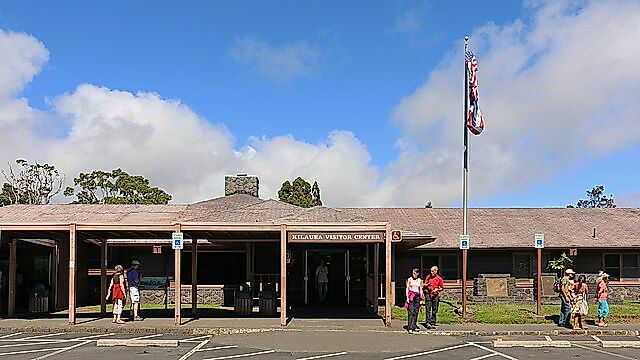
Nestled in the lush, elevated landscape of the Big Island’s Puna District, Mountain View is a rural town that offers a peaceful alternative to Hawaii’s coastal destinations. With an average home value of approximately $331,593, it remains an affordable option for those seeking cooler temperatures, natural beauty, and a slower pace of life. Once a center for sugar production, Mountain View has since transitioned to coffee farming and floral agriculture, supported by its fertile volcanic soil and favorable climate. True to its name, Mountain View provides striking vistas of surrounding peaks, including the majestic Mauna Kea, one of the tallest mountains in the world when measured from its base beneath the ocean. Although the town lies inland and lacks direct ocean access, it more than compensates with its tranquil forests, mountain scenery, and outdoor recreational opportunities.
Hiking and biking trails are common throughout the area, for example, at the Pu’U Maka’Ala Natural Area Reserve, offering residents and visitors the chance to explore Hawaii’s interior landscapes. The community is also known for its thriving horticultural industry. Local nurseries such as the Hawaiian Flower Gardens Nursery invite guests to enjoy vibrant anthuriums. At the same time, the nearby Hilo Orchid Farm, though wholesale only, specializes in high-quality orchids nurtured by the area’s unique combination of rainfall, elevation, and trade winds. Meanwhile, the Hilo Coffee Mill provides a welcoming space to sample award-winning Kaʻū and Hilo coffee blends, highlighting the region’s agricultural roots.
Hanapepe
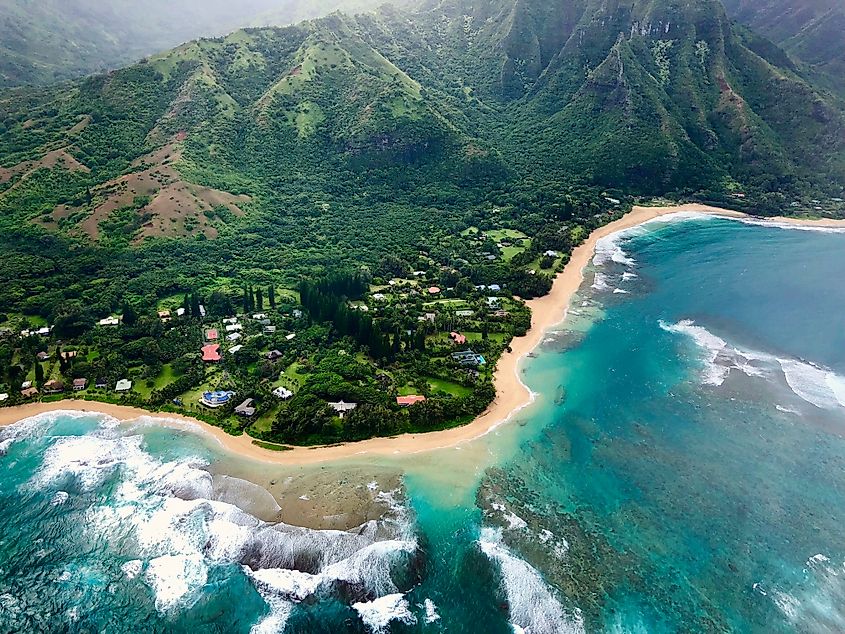
With a median home price of around $804,000, lower than the state average, Hanapepe offers an affordable slice of paradise on Kauaʻi’s scenic South Shore. Just west of Koloa and a short drive from Waimea Canyon and Kōkeʻe State Park, this laid-back town blends natural beauty with a thriving local arts scene. Known as “Hawai‘i’s Biggest Little Town,” Hanapepe has a rich agricultural and cultural history. Early Hawaiians cultivated taro, banana, and sugar cane in the valley and harvested sea salt from nearby ponds, a tradition still carried on by local families today.
Modern Hanapepe is full of delight. Its walkable streets are lined with locally owned shops, creating a community-focused atmosphere. Every Friday evening, the town comes alive for Hanapepe Art Night, a beloved weekly event where locals and visitors browse open galleries, enjoy live music, and sample street food. Outdoor lovers will appreciate Salt Pond Beach Park, a serene bay protected by an offshore reef, perfect for swimming, snorkelling, or whale watching in the winter months. And do not miss the historic Hanapepe Swinging Bridge, a quirky pedestrian suspension bridge that connects the town’s past and present.
Wahiawa
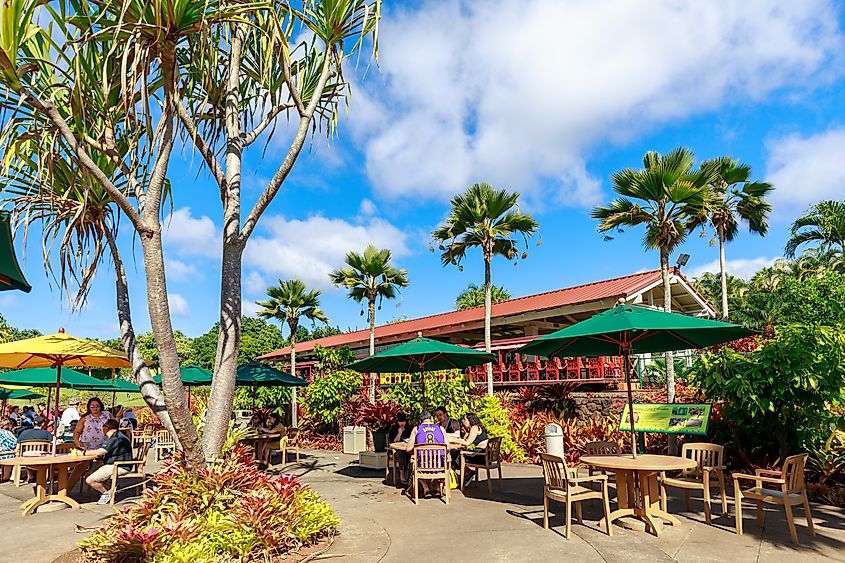
Tucked in the lush interior of Oʻahu with a population of just under 19,000, this hidden gem is perched on a plateau between the Waiʻanae and Koʻolau mountain ranges. It feels a world away from the busier coastal hubs. Wahiawa has deep agricultural roots, once serving as a hub for pineapple farming. That legacy lives on today at the nearby Dole Plantation, where residents can enjoy weekend visits complete with train rides, tropical gardens, and the famous Dole Whip.
The town is also home to the beautiful Wahiawā Botanical Garden, where native and exotic plants flourish under the island sun, offering locals a peaceful, shaded retreat. For outdoor enthusiasts, Lake Wilson (also known as the Wahiawa Reservoir) is a unique freshwater spot on Oʻahu ideal for kayaking, fishing, or just soaking in serene views. Though inland, Wahiawa is centrally located, just a short drive to the island’s famous North Shore beaches and the bustling city of Honolulu.
From rainforest towns to ranching communities and seaside gems, these Hawaiian towns offer their version of island life. They are rich in culture, surrounded by natural beauty, and often more affordable than the well-known resort spots. Whether you seek adventure, tranquillity, or a tight-knit local feel, a small town in Hawaiʻi is waiting to welcome you home.
